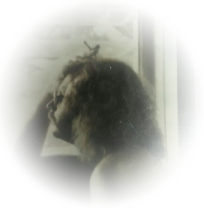Our faces are designed to convey feelings and emotions to others. Many emotions are easily identified through facial expressions.
Through using eye contact, people communicate subtle messages about relationships and sexual interest.
Touching others, as well as gestures and body movements are a powerful means of nonverbal communication.
Expressive gestures and body movements are the keys to capturing others’ attention.
Here are four channels of nonverbal communication/body language that have important effects on ourselves and others.
1. Facial Expressions: The Most Powerful Form of Nonverbal Communication
The evolutionary history of human beings led to the development of a mighty form of communication—our faces. The 42 different facial muscles allow us to configure our faces in numerous ways to display a wide variety of emotions and feelings, ranging from the obvious to the more subtle.
A great deal of research has focused on the facial expressions of our core emotions: happiness, anger, surprise, fear, sadness, and disgust. The facial expressions associated with these are clear—the smile of happiness, the narrowed eyes and baring of teeth associated with anger, wide-eyed cues of fear and surprise, the downward cues of sadness, and the face of disgust (looking like the person is about to vomit—which suggests its evolutionary history).
But our remarkable faces allow us to send more subtle cues—the shy smile, the look of love, cues of dominance and submission.
Research has clearly shown that there are individual differences in peoples’ abilities to both clearly convey emotions to others (think of skilled actors), or to “read” the subtle emotional expressions of others. Moreover, the ability to both send and receive facial expressions of emotions can be learned.
2. It’s in the Eyes
The eyes are a remarkable >>> Continue

